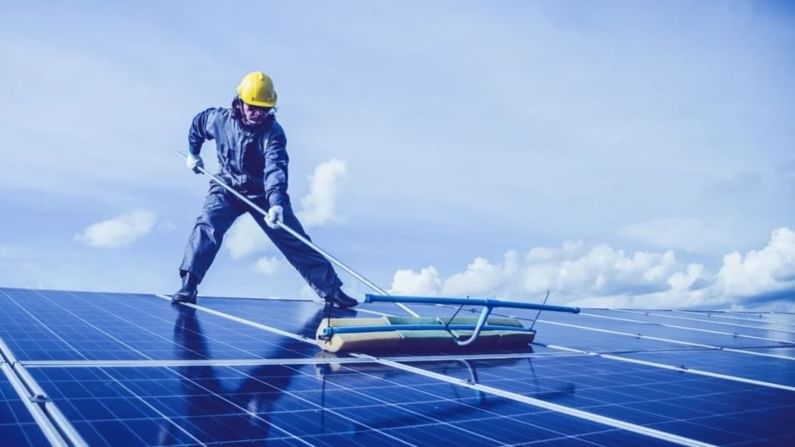Here's how you can benefit from the Grid Connected Solar Rooftop programme
By installing rooftop solar panels, you can not only generate electricity for your needs, but can also sell it through the grid

People’s curiosity towards solar power is growing steadily and to tap this, the central government is introducing various measures to promote it.
Now, there’s also an avenue for earning extra income if you install solar panels on the roof of your house.
By installing rooftop solar panels, you can not only generate electricity for your needs, but can also sell it through the grid.
For this purpose, the government has started a grid connected solar rooftop programme. According to the Ministry of New and Renewable Energy, the government aims to achieve a total capacity of 40,000 MW by 2022 through rooftop solar (RTS) projects. Apart from this, the government is also emphasising on clean energy sources to reduce carbon emissions.
The central government is currently providing Central Financial Assistance (CFA) for the residential sector only.
This scheme is called Phase II Rooptop Programme. It was launched in August 2019. For the first time, distribution companies have also been included in this. These companies deal with consumers on a daily basis.
The installation of 1 kW to 3 kW rooftop solar panels in residential is 40% of the benchmark cost as subsidy. The government releases the benchmark cost every year.
After this, 3 kW to 10 kW people get 20 percent subsidy. While housing societies and RWAs are being given 20% financial assistance for capacities up to 500 kWp. Benchmark costs vary every year.
“When you say that you install a solar power panel on a rooftop, the main purpose is to save. You save the amount given as electricity bill. The aim of the government is that people take less electricity from discoms and save money through solar power panels,” said Nityanandam Yuvraj Dinesh Babu, EY’s executive director and team leader.
How will you save on electricity bills?
Babu said if you install a 1 kW solar panel, then you can generate about 120 units of electricity every month. If you get a 3 kW panel installed, then every month you will generate 360 units of electricity. At Rs 7 per unit, then this amount comes to around Rs 2,520 a month.
In the same way, if you install a 5 kW solar panel, you can save around Rs 5,000 a month.
Banks are also providing loans in easy installments.
How much does it cost?
On a grid connected rooftop solar system, you have to spend around Rs 40,000 for 1 kW. In this way, you have to spend around Rs 1,20,000 for 3 kW. Out of this, 40% subsidy is available. Out of this amount, you can get 80% of the money as loan.
To install solar power panel on a large scale, you have to get a license from the local electricity company. After this, you will have to sign a power purchase agreement with the power company.
Apart from the Centre, state governments also have their respective schemes.
Many states like Punjab, Madhya Pradesh, Rajasthan, Chhattisgarh and Uttar Pradesh buy solar energy. Under this, you can connect surplus energy to the power grid and sell it to the state government.
Consumers will also benefit from a new provision of the government. Last year, the government changed the metering and billing rules for rooftop solar power panels up to 10 kW and brought it under net metering.
Under the net metering system, the electricity generated during the day is sent back to the grid from the solar power plant of the customer and is adjusted against the electricity bill taken from the grid in the evening. In the gross metering system, customers earn less.